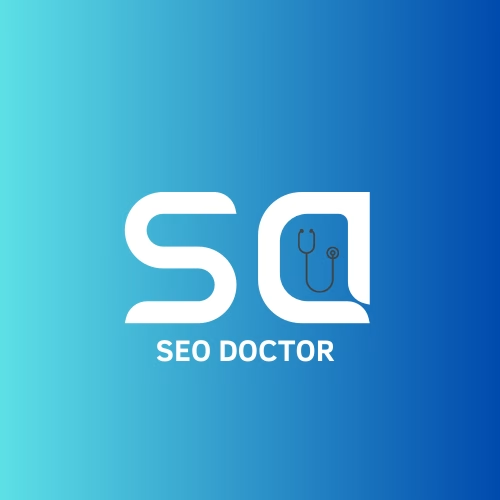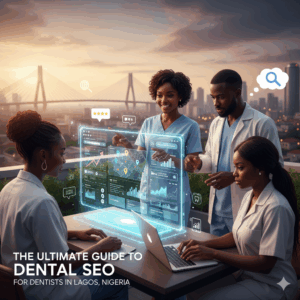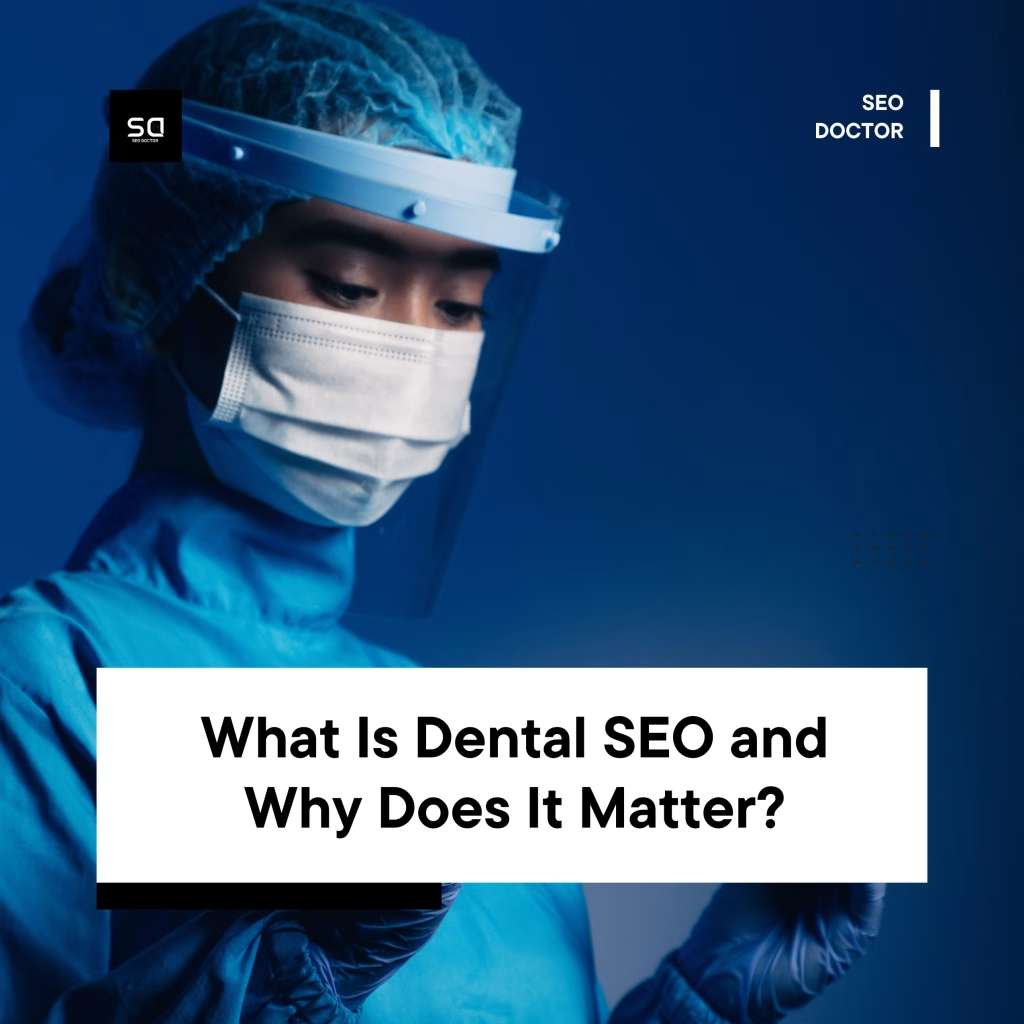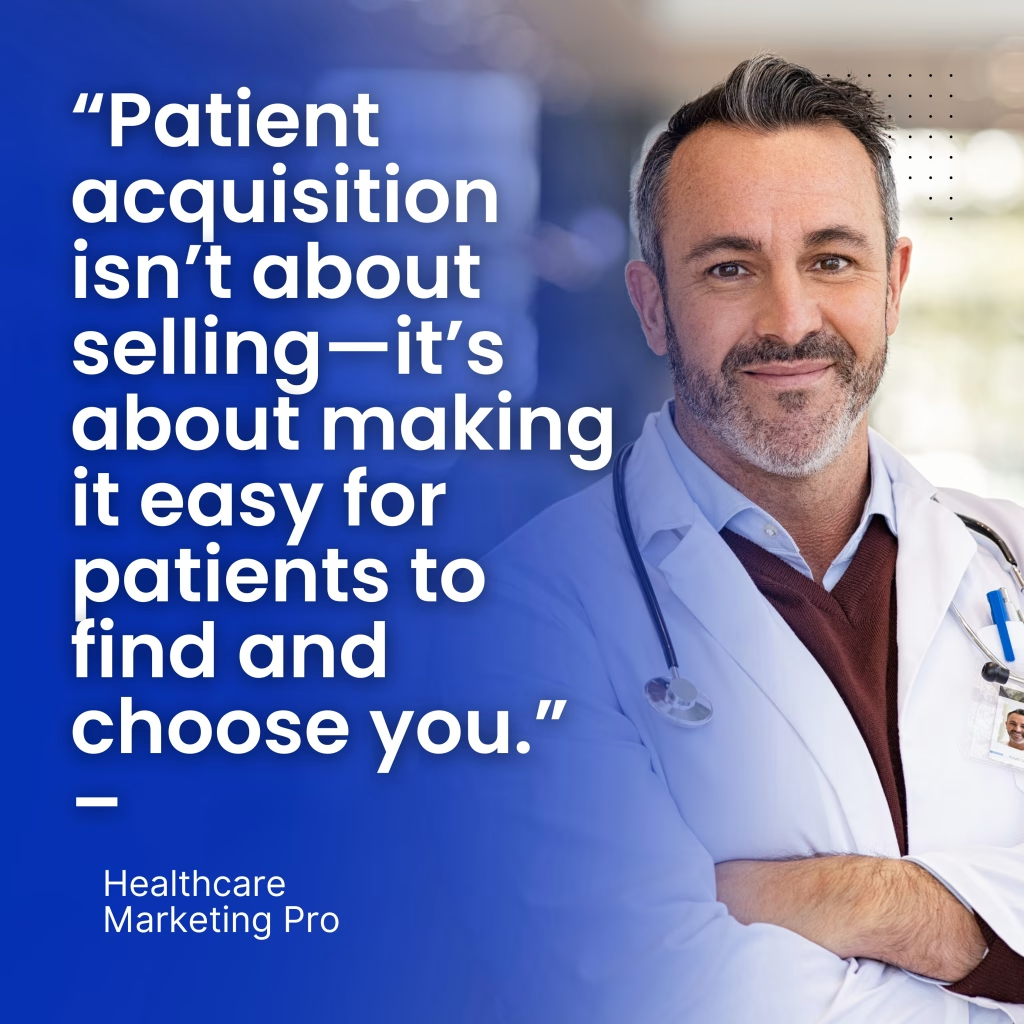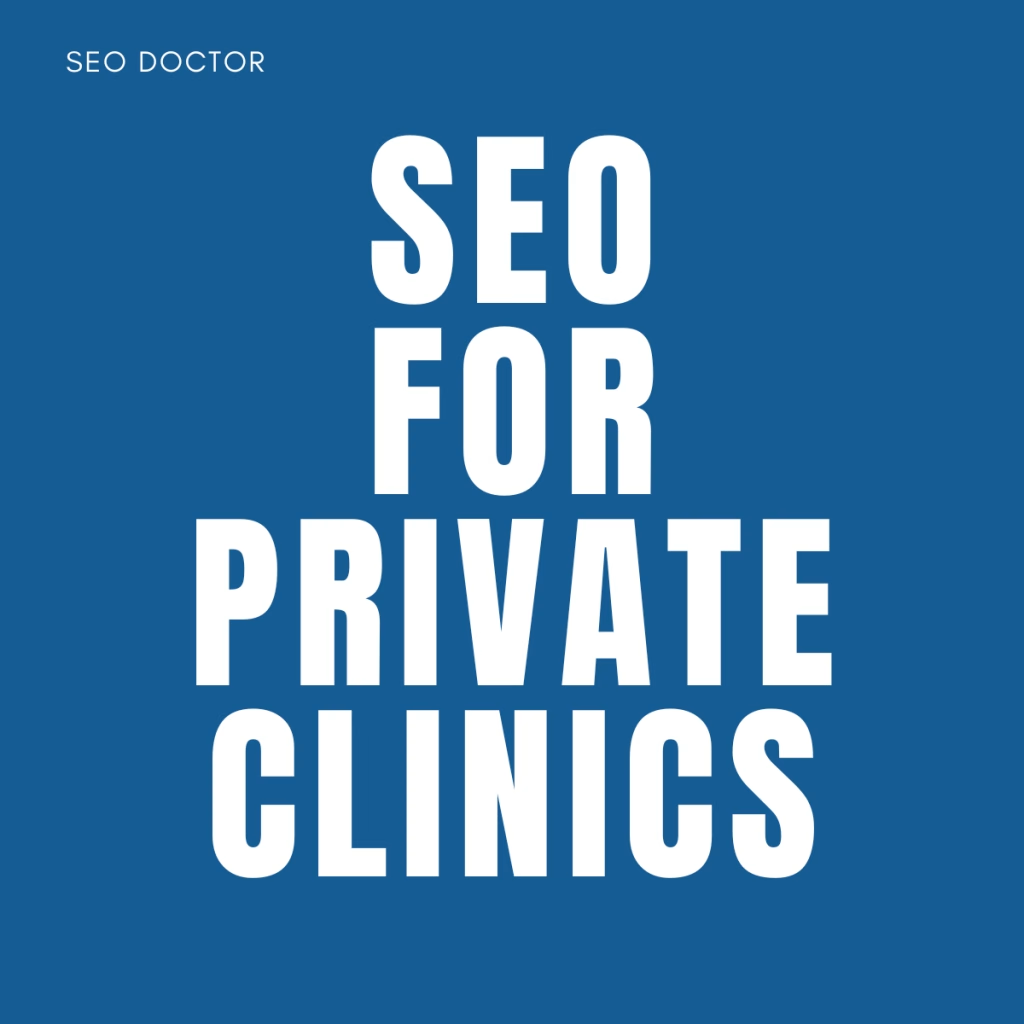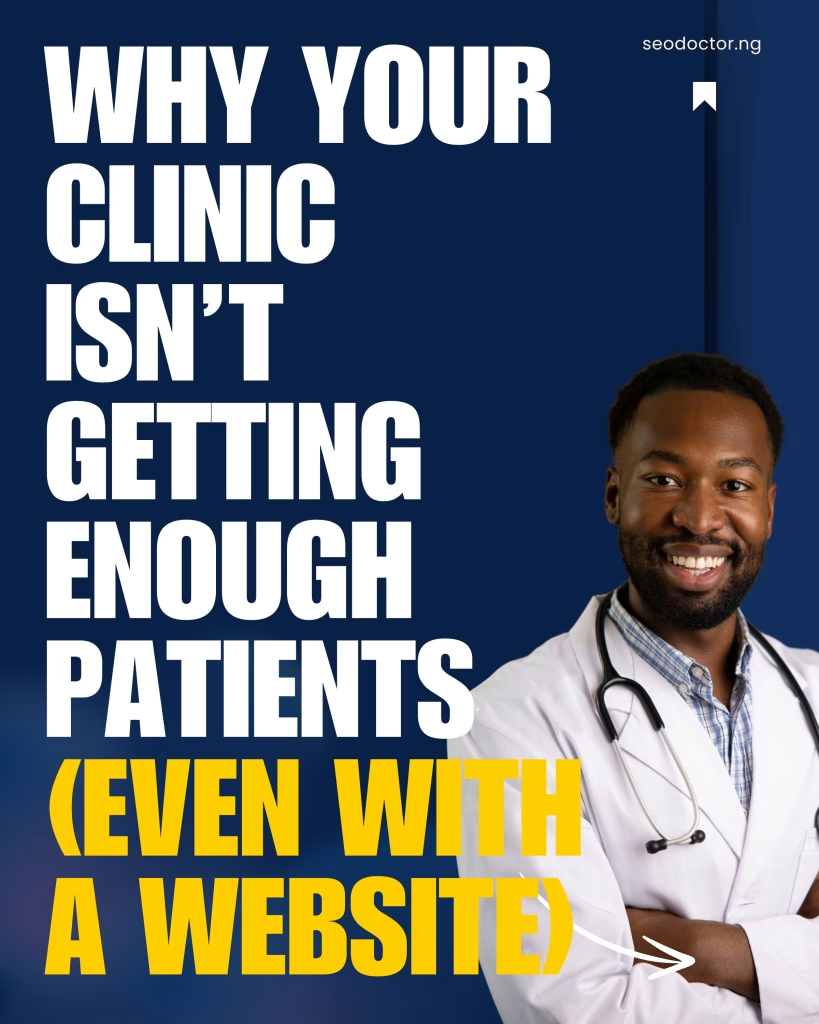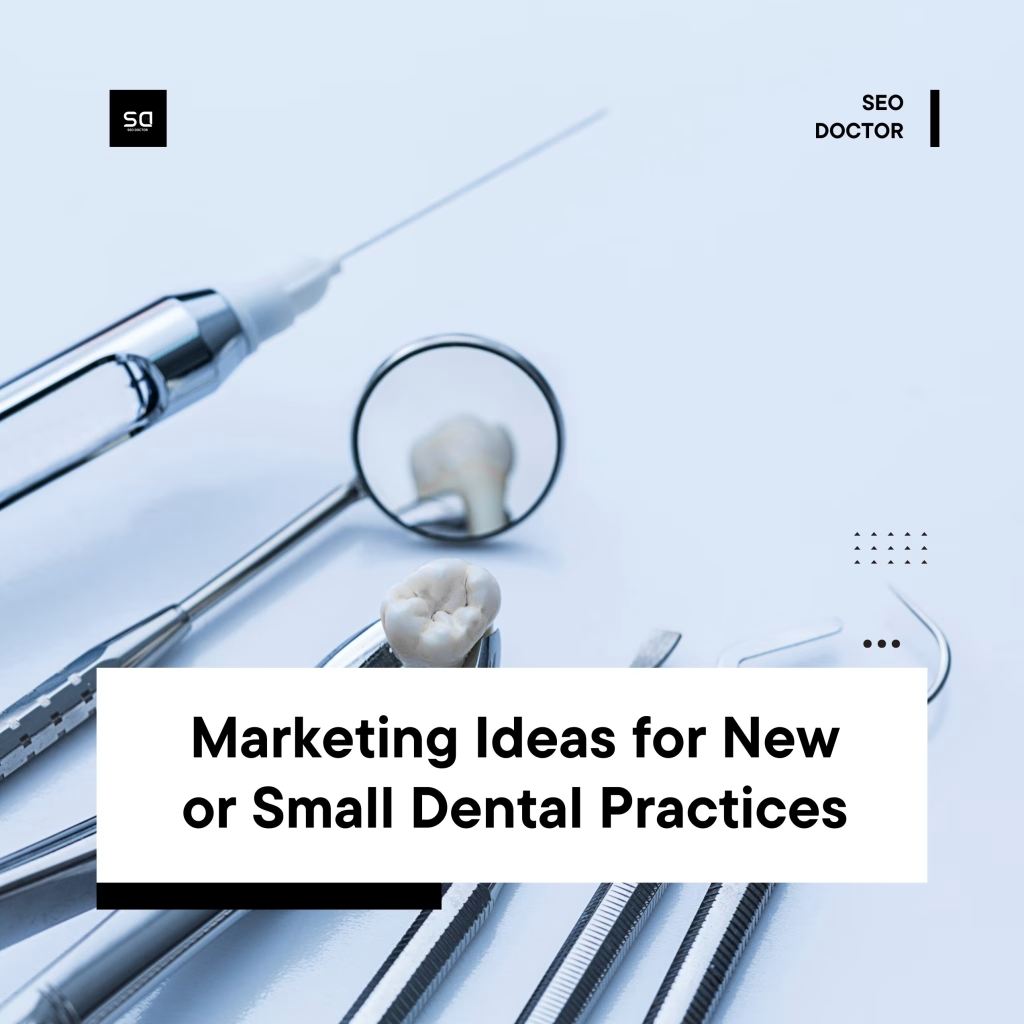Are you tired of your healthcare website getting lost in the vast ocean of online information? 🌊 In today’s digital age, having a strong online presence is crucial for healthcare providers, but standing out from the crowd can be a daunting task. That’s where Search Engine Optimization (SEO) comes in – a powerful tool that can make or break your online visibility.
Imagine potential patients searching for healthcare services in your area, only to find your competitors’ websites appearing at the top of search results while yours is buried on page five. 😱 This scenario is all too common, but it doesn’t have to be your reality. By harnessing the power of SEO, healthcare providers can dramatically improve their online visibility, attract more patients, and establish themselves as trusted authorities in their field.
In this blog post, we’ll dive deep into the world of SEO for healthcare, exploring the changing rules and algorithms that govern organic search, as well as both on-site and off-site techniques to boost your rankings. We’ll also take a closer look at local SEO strategies specifically tailored for healthcare providers. Get ready to unlock the secrets of SEO and transform your online presence! 🚀
Organic SEO for the Healthcare Industry: Changing Rules and Algorithms

Organic SEO for the Healthcare Industry: Changing Rules and Algorithms
In the ever-evolving digital landscape, healthcare providers must stay ahead of the curve when it comes to organic search engine optimization (SEO). The healthcare industry faces unique challenges and opportunities in the realm of SEO, as search engines continually refine their algorithms to deliver the most relevant and trustworthy information to users.
The Importance of E-A-T in Healthcare SEO
One of the most significant changes in recent years has been the increased emphasis on E-A-T (Expertise, Authoritativeness, and Trustworthiness) in search engine algorithms. This is particularly crucial for healthcare websites, as Google considers medical information to be part of the “Your Money or Your Life” (YMYL) category.
To improve E-A-T signals, healthcare providers should focus on:
- Showcasing credentials of medical professionals
- Providing accurate, up-to-date medical information
- Citing reputable sources and research
- Obtaining backlinks from authoritative health websites
Mobile-First Indexing and User Experience
With the majority of searches now occurring on mobile devices, search engines have shifted to mobile-first indexing. This means that the mobile version of your healthcare website is now the primary consideration for ranking. To optimize for mobile:
- Ensure responsive design across all devices
- Improve page load speeds
- Simplify navigation for touch interfaces
- Optimize content for mobile consumption
Voice Search Optimization
As voice assistants become more prevalent, optimizing for voice search is increasingly important in healthcare SEO. Consider the following strategies:
- Use natural language in your content
- Focus on long-tail keywords and question-based queries
- Implement structured data to improve featured snippet opportunities
- Create FAQ pages addressing common health concerns
Semantic Search and Topic Clusters
Search engines are becoming more adept at understanding context and user intent. To align with this trend, healthcare websites should:
| Strategy | Description | Benefits |
|---|---|---|
| Topic Clusters | Create comprehensive content hubs around specific health topics | Establishes authority and improves internal linking |
| Semantic Keyword Usage | Incorporate related terms and synonyms in content | Helps search engines understand context and relevance |
| Entity Optimization | Focus on people, places, and things related to healthcare | Improves visibility in knowledge graphs and rich results |
Core Web Vitals and Page Experience
Google’s Core Web Vitals have become a ranking factor, emphasizing the importance of user experience. Healthcare websites should prioritize:
- Largest Contentful Paint (LCP): Optimize loading of main content
- First Input Delay (FID): Ensure interactive elements respond quickly
- Cumulative Layout Shift (CLS): Minimize unexpected layout shifts
By focusing on these aspects, healthcare providers can improve their organic search visibility while also providing a better experience for patients seeking information online.
As we delve deeper into the specifics of SEO for healthcare, it’s essential to understand how these changing rules and algorithms inform both on-site and off-site optimization techniques.
On-Site Healthcare SEO Techniques

On-Site Healthcare SEO Techniques
Now that we’ve explored the changing landscape of organic SEO in the healthcare industry, let’s dive into the crucial on-site techniques that can significantly boost your healthcare website’s search engine performance.
Site Architecture and Keyword Research
A well-structured website is the foundation of effective healthcare SEO. Organize your site with a clear hierarchy, ensuring that important pages are easily accessible within a few clicks. This not only improves user experience but also helps search engines understand and index your content more effectively.
Keyword research is the cornerstone of any SEO strategy. For healthcare providers, focus on:
- Medical conditions and treatments
- Specific healthcare services
- Local search terms (e.g., “cardiologist in [city name]”)
- Patient-centric phrases (e.g., “symptoms of [condition]”)
Content Optimization
Once you’ve identified your target keywords, it’s time to create and optimize content. Here’s a breakdown of key on-site optimization techniques:
- Title Tags and Meta Descriptions: Craft compelling, keyword-rich titles and descriptions for each page.
- Header Tags: Use H1 for main titles and H2-H6 for subheadings, incorporating relevant keywords.
- Content Creation: Develop high-quality, informative content based on your keyword research.
- Internal Linking: Connect related pages within your site to improve navigation and distribute link equity.
- Image Optimization: Use descriptive file names and alt tags for images.
Technical SEO Elements
| Technical Factor | Importance | Impact on Healthcare SEO |
|---|---|---|
| Site Speed | High | Improves user experience and rankings |
| Mobile Responsiveness | Critical | Essential for local searches and patient accessibility |
| XML Sitemaps | Medium | Helps search engines index your site efficiently |
| Structured Data | High | Enhances search results with rich snippets |
On-Page Optimization Checklist
- Optimize URL structure (e.g., example.com/services/cardiology)
- Use keyword-rich anchor text for internal links
- Include outbound links to authoritative healthcare sources
- Implement schema markup for medical content
- Regularly update and refresh content
- Optimize footer with important links and contact information
Content Strategies for Healthcare Providers
- Develop comprehensive service pages
- Create patient education resources
- Publish doctor profiles and credentials
- Share patient testimonials (following HIPAA guidelines)
- Maintain a blog with health tips and industry news
By implementing these on-site healthcare SEO techniques, you’ll create a solid foundation for your digital marketing efforts. Remember to continuously monitor and adjust your strategy based on performance metrics and evolving search engine algorithms.
Next, we’ll explore off-site healthcare SEO techniques to further enhance your online presence and authority in the medical field.
Off-Site Healthcare SEO Techniques

Off-Site Healthcare SEO Techniques
Now that we’ve explored on-site SEO strategies, let’s delve into off-site techniques that can significantly boost your healthcare organization’s online presence.
A. Press Releases
Press releases are a powerful tool for healthcare SEO. They not only inform the public about important news but also create valuable backlinks to your website. When crafting press releases:
- Focus on newsworthy topics like new treatments, facility expansions, or community health initiatives
- Include relevant keywords naturally throughout the text
- Distribute through reputable health-focused news outlets and PR platforms
B. Healthcare Directories
Listing your healthcare practice in online directories is crucial for local SEO. Consider the following:
| Directory Type | Examples | Benefits |
|---|---|---|
| General | Google My Business, Yelp | Improves local search visibility |
| Healthcare-specific | Healthgrades, Vitals | Targets healthcare-seeking audience |
| Professional | LinkedIn, Doximity | Enhances credibility and networking |
Ensure your information is consistent across all directories to maximize SEO impact.
C. Blogs and Articles
Creating high-quality, informative content for external publications can significantly improve your healthcare SEO:
- Guest post on reputable health blogs
- Contribute articles to medical journals
- Participate in expert roundups on health topics
This strategy not only builds authoritative backlinks but also establishes your healthcare brand as a thought leader in your field.
D. Healthcare Social Media
Social media is an essential component of off-site SEO for healthcare providers. To leverage its power:
- Share valuable health tips and educational content
- Engage with patients and answer health-related questions
- Promote your blog posts and other content
- Use relevant hashtags to increase visibility
Remember to maintain HIPAA compliance in all social media interactions.
E. Your Reputation Management
Online reputation management is crucial in healthcare SEO. Positive reviews and ratings can significantly impact your search rankings and patient trust. To manage your reputation effectively:
- Encourage satisfied patients to leave reviews on Google, Yelp, and healthcare-specific platforms
- Respond promptly and professionally to all reviews, both positive and negative
- Address negative feedback constructively and offer solutions when possible
- Monitor mentions of your practice across the web using tools like Google Alerts
By implementing these off-site healthcare SEO techniques, you can improve your online visibility, attract more patients, and establish your practice as a trusted healthcare provider in your community. Remember, consistency and quality are key in all your off-site SEO efforts. As we move forward, we’ll explore how local SEO strategies can further enhance your healthcare practice’s online presence and attract patients in your immediate area.
Local SEO for Healthcare Off-Site Techniques

Local SEO for Healthcare Off-Site Techniques
Now that we’ve explored on-site and general off-site SEO techniques, let’s focus on local SEO strategies specifically tailored for healthcare providers. These off-site techniques are crucial for improving your medical practice’s visibility in local search results.
A. Citations
Citations are mentions of your healthcare practice’s name, address, and phone number (NAP) across the web. They play a vital role in local SEO for healthcare providers:
- Consistency is Key: Ensure your NAP information is identical across all platforms.
- Quality Over Quantity: Focus on reputable healthcare-specific directories and platforms.
- Local Relevance: Prioritize citations on local business directories and chamber of commerce websites.
| Citation Source | Benefits for Healthcare Providers |
|---|---|
| Google My Business | Improves local search visibility |
| Yelp | Enhances credibility through patient reviews |
| Healthgrades | Targets healthcare-specific audience |
| Local Chamber of Commerce | Boosts local authority |
B. Directories
Healthcare-specific directories are invaluable for improving your medical practice’s online visibility:
- Medical Associations: List your practice in relevant medical association directories.
- Insurance Provider Directories: Ensure your practice is listed with insurance companies you work with.
- Local Health Directories: Participate in local health-focused directories or community health portals.
Optimize your directory listings by:
- Including a detailed description of your services
- Adding high-quality images of your facility and staff
- Linking to your website and social media profiles
C. Online Review Sites
Patient reviews are crucial for healthcare SEO and building trust with potential patients:
- Encourage Reviews: Implement a system to politely ask satisfied patients for reviews.
- Respond Professionally: Address both positive and negative reviews promptly and professionally.
- Leverage Multiple Platforms: Focus on healthcare-specific review sites as well as general platforms.
Top review sites for healthcare providers:
- Google My Business
- Healthgrades
- RateMDs
- Vitals
- ZocDoc
Remember to adhere to HIPAA guidelines when responding to reviews, never disclosing patient information or confirming whether someone was a patient.
By implementing these local SEO off-site techniques, healthcare providers can significantly improve their online visibility in their local area. This targeted approach helps attract more local patients and establishes your practice as a trusted healthcare resource in your community.

SEO plays a crucial role in the healthcare industry, helping medical professionals and organizations reach their target audience effectively. By implementing both on-site and off-site techniques, healthcare providers can improve their online visibility and attract more patients. From optimizing website content to building high-quality backlinks, SEO strategies tailored for the healthcare sector can significantly impact search engine rankings and overall online presence.
As the digital landscape continues to evolve, it’s essential for healthcare professionals to stay up-to-date with the latest SEO trends and best practices. By focusing on local SEO techniques and adapting to changing algorithms, healthcare providers can ensure they remain competitive in the online space. Ultimately, a well-executed SEO strategy can help healthcare organizations build trust, establish authority, and connect with patients seeking valuable medical information and services.


